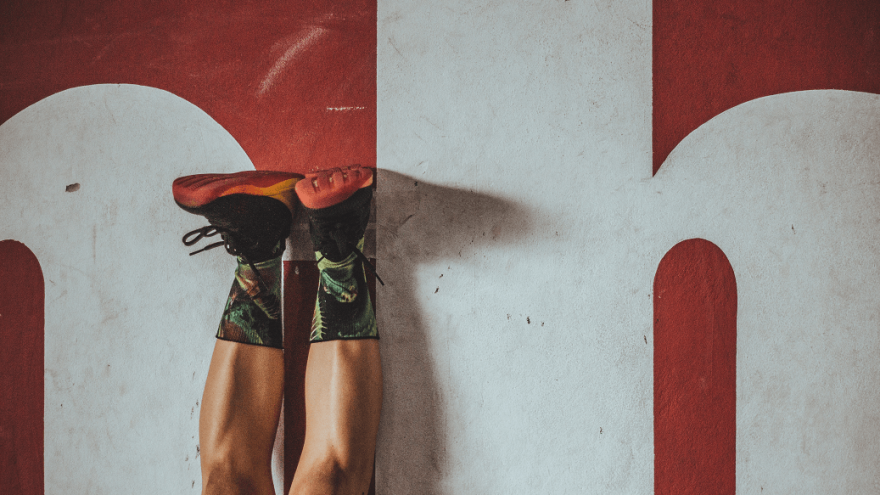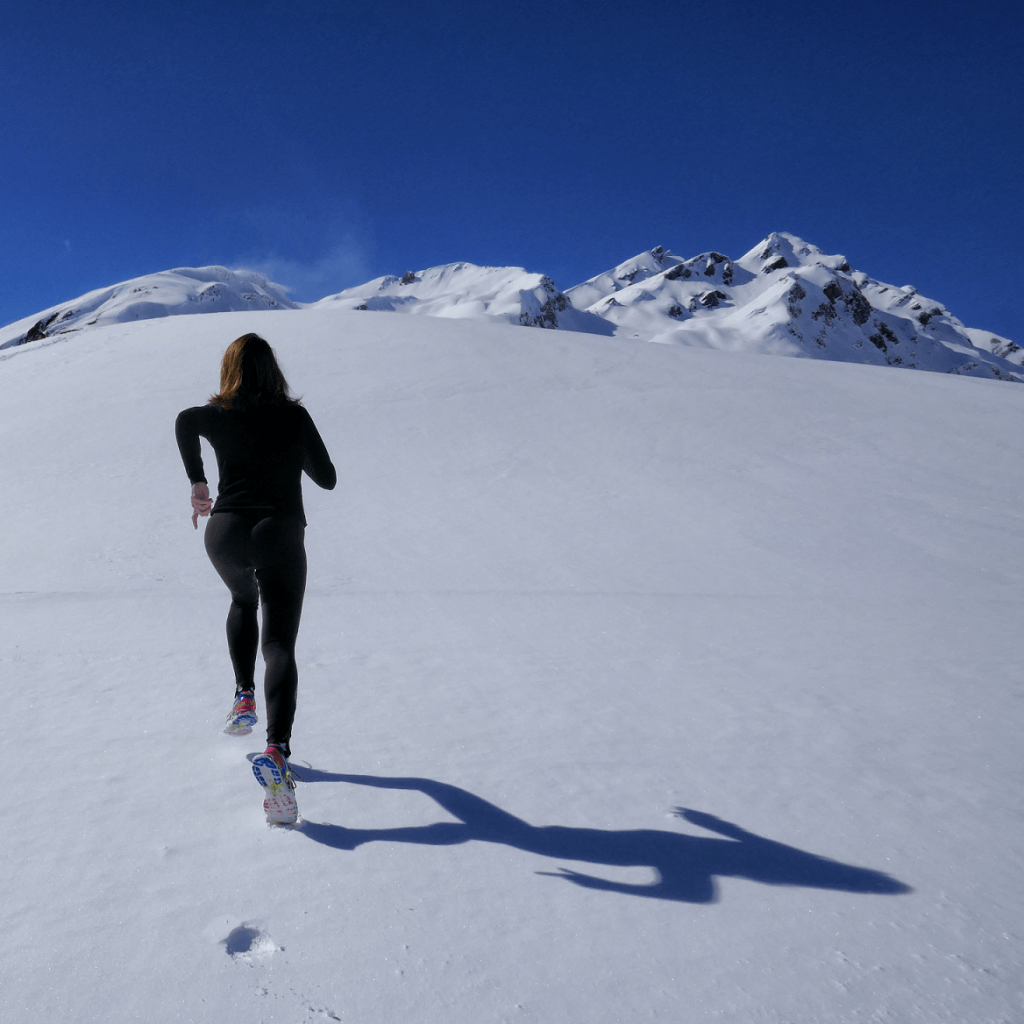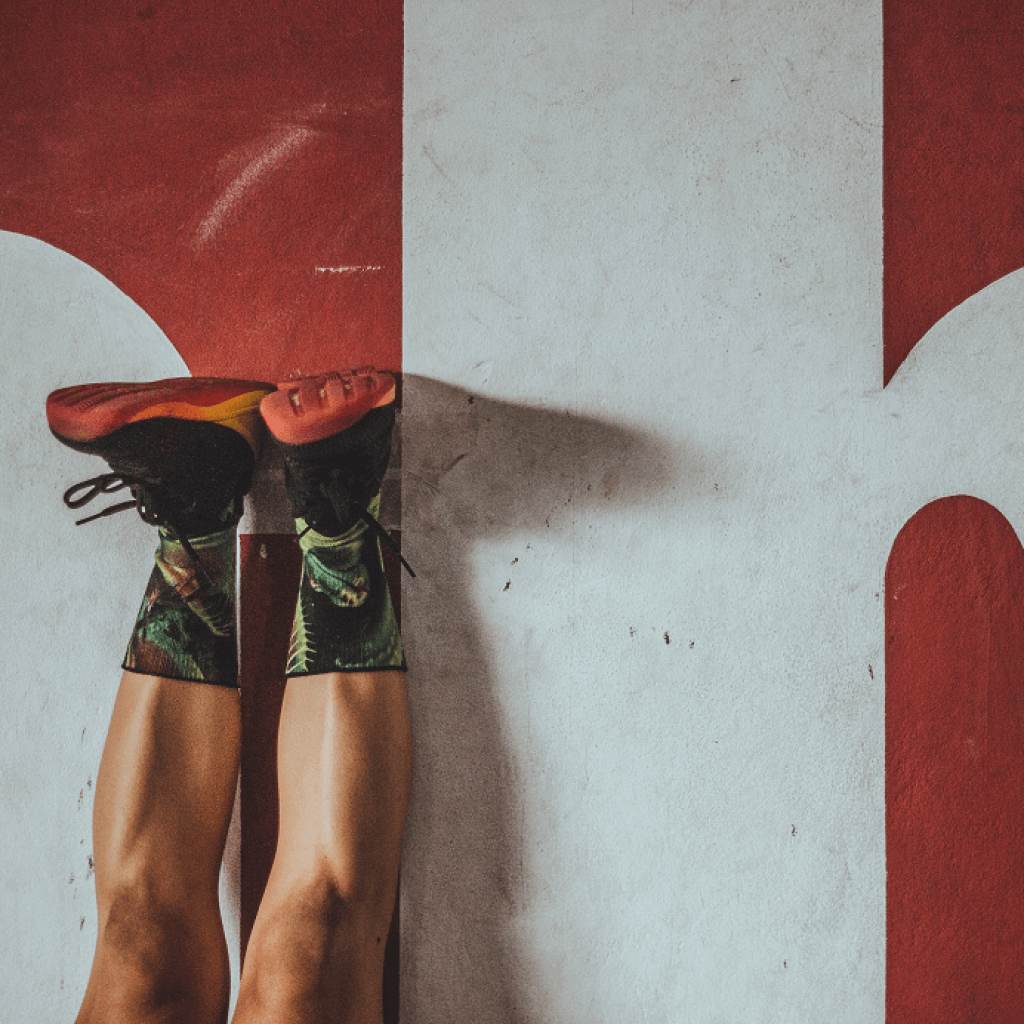Take Your Recovery Strategy To The Next Level

Time is valuable. And with recreational runners often struggling to strike a balance between family- and work responsibilities and training, it comes as no surprise that proper recovery is often neglected. Because while things like lengthy post-run stretching routines, massages and afternoon naps are part and parcel of professional athletes’ lives, such luxuries rarely feature in recreational runners’ schedules. For many amateurs, it’s simply a case of logging some miles before rushing back home to a myriad of other responsibilities.

And while the value of an extended recovery strategy should never be underestimated, there are some tips and tricks to help the time-crunched runner get the most bang for their buck. So if you, too, struggle to make enough time to for a proper post-run recovery routine, this post is for you.
Why recovery is so important
But before we get to the move that may revolutionize your running routine, let’s just remind ourselves why proper recovery is so important. Surely it’s the time and effort that you put into training that makes or breaks you as a runner? Wrong. While training does build stamina and strength, it also breaks the body down by causing minute amounts of tissue damage. And by not giving your body an opportunity to recover from this damage, you’re not only limiting the benefits that you’ll derive from training, but you’re also setting yourself up for a potential lack of enthusiasm towards future training and even an increased risk of injury.

A quick and easy recovery move with big payoffs
But what if you really don’t have a lot of time to spend on recovery rituals? Is there a quick and easy move that will allow you to get maximum benefits from very little input? Yes, there is. Enter the legs-up-a-wall pose. Known in yoga circles as “the destroyer of old age”, this pose is simple and requires no equipment, yet it is embraced by many to kick-start their recovery.
And is it really as simple as just popping your legs up against a wall post-run? Yes, it is. Sit down on the ground, scoot your butt as close as possible to a wall or locked door (it doesn’t have to touch, depending on your flexibility), and carefully swing your legs up and against the wall/door. Place a cushion or folded blanket under your lower back if that is more comfortable. And then comes the best part: Open your arms to the side, with your palms facing upwards, and relax for a glorious 5 to 20 minutes. That’s it.

To come out of the pose, simply bend your legs, roll over onto your side and linger in the fetus position for a short while before sitting up.
Try to do this move within 30 minutes of every workout or race.
Some of the purported benefits of the legs-up-a-wall pose
But can something this simple really be that good for you, you ask? While scientific studies on the subject are quite limited, anecdotal evidence abounds. Here are just some of the purported benefits of the legs-up-a-wall pose:
- It assists with draining fluids from the legs after a hard workout
- It restores and relaxes the body
- It stretches out the hamstrings and calves
- It brings relief to tired, cramped and “heavy” legs
- It aids lymph drainage
- It can relieve tension in the neck and back by opening up the upper body
- It gives you 5 to 15 minutes of glorious me-time to relax, meditate and analyze your race or workout
- It provides stress and anxiety relief
Athletes who should avoid this pose
Take note, however, that while the purported benefits of the pose are numerous, individuals with certain health issues should, under the guidance of their physicians, rather refrain from doing it. These include, but are not limited to, the following:
- Individuals with a history of serious eye problems, including glaucoma
- Persons with serious neck injuries or issues
- Individuals with a hernia of any kind
Persons suffering from either low- or high blood pressure should also consult their physicians before trying this pose, and should preferably not do the pose for extended periods of time. Individuals from this demographic should take special care when coming out of the pose since getting up too quickly can cause blood pressure fluctuations that could lead to black-outs.
So be sure to consult your physician if you’re uncertain whether this pose is for you!
Do yourself a favor and pop your legs up a wall
And while the perfect post-run recovery regime definitely doesn’t begin and end with putting your legs up a wall, it’s a very good place to start. So instead of plopping down on the grass (or couch!) after your next long run or race, walk it out for a few minutes and then find a secluded spot to pop your legs up a wall instead. Not only will this give you a few moments to reflect on and analyze your run, but it will also kick-start your recovery and set you up for success the next time you head out.

Bonus points if you follow it up with a nourishing post-run smoothie or meal and adequate rest before your next big effort!
Sources
- , 5 Things I Learned From Throwing My Legs Up a Wall Every Day, Online publication
- , Recovery pose: Legs up the wall, Online publication
- , Pose of the Month: Heavy Legs on the Wall, Online publication
- , 4 Reasons why rest days are important, Online publication
- , Legs up the wall pose, Online publication
Latest Articles
 Is Running on a Treadmill Easier Than Running Outside?Runners have their own preferences, whether it is treadmill running, running outside on the road, or exploring trails. So...
Is Running on a Treadmill Easier Than Running Outside?Runners have their own preferences, whether it is treadmill running, running outside on the road, or exploring trails. So... Is It OK to Use Trail Running Shoes on the Road?While trail running shoes can be used on roads, especially in situations where a runner encounters mixed terrains or pref...
Is It OK to Use Trail Running Shoes on the Road?While trail running shoes can be used on roads, especially in situations where a runner encounters mixed terrains or pref... How to Fix Sore Quads After Running?Rest, ice, gentle stretching, and over-the-counter pain relievers can help soothe sore quads after running. Also, ensure ...
How to Fix Sore Quads After Running?Rest, ice, gentle stretching, and over-the-counter pain relievers can help soothe sore quads after running. Also, ensure ... 10 Fruits With The Most Electrolytes to Replace Sports DrinksThese fruits are high in electrolytes such as potassium, magnesium, and calcium, essential for hydration, muscle function...
10 Fruits With The Most Electrolytes to Replace Sports DrinksThese fruits are high in electrolytes such as potassium, magnesium, and calcium, essential for hydration, muscle function...

